As Jeffrey pointed out, you are more likely thinking in terms of activity diagram, your nodes being the actions that happen and not the states.
If you want a state diagram, you need to shift your mind to the background of your currently identified actions. So in the simplest means, there are two main states in your system:

Let's zoom into the first state, which appears to be more complex and deserve some substates. You have identified an Enter a name action while in the game configuration state. Until this action is completed, the name is not known. Once it is completed, the name will be known, but a validity check needs to be performed. You could express this with the following states:

You'll see that when entering the substate No valid name known, the first things that happens is to ask the name. And once everything is fine, you've finished the sub-state machine and can continue to the new states.
The plantuml code is:
@startuml
state Configuring {
state NameNotKnown as "No valid name known":entry / Ask name
state NameKnown as "Name knwon"
[*] --> NameNotKnown
NameNotKnown --> NameKnown : Name entered
NameKnown --> [*] : Name is valid
NameKnown --> NameNotKnown: Name is invalid
}
[*] --> Configuring
Configuring --> Playing : Launch game
Playing --> [*] : Game over
@enduml
It's worth to mention that you could fine tune this diagram, using entry, exit and do behaviors in each simple state. Moreover, you could simplify my example using guarded transitions, and even behaviours that are expressed at transition level.



